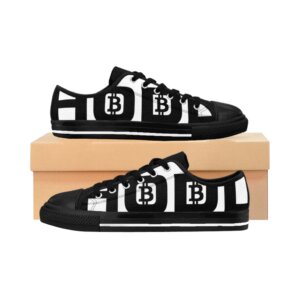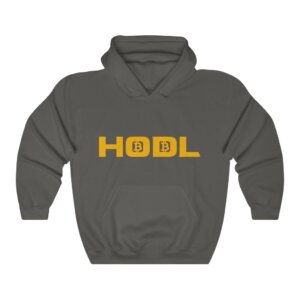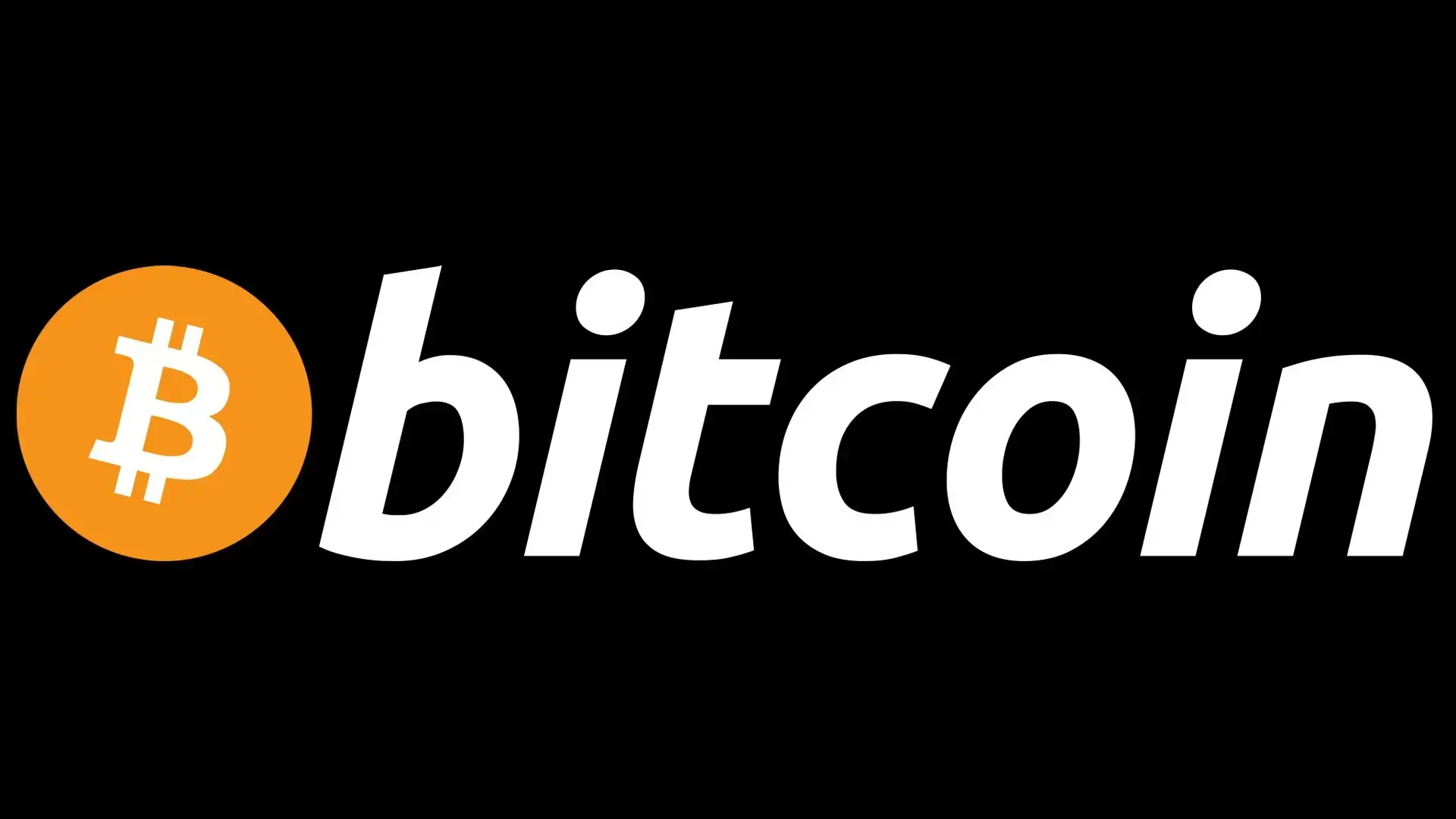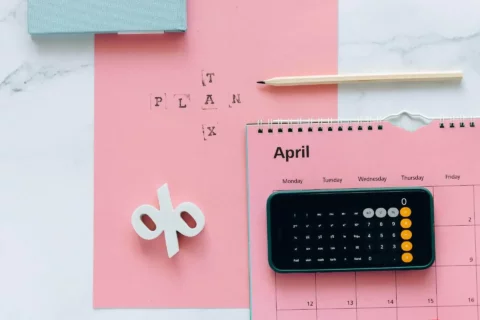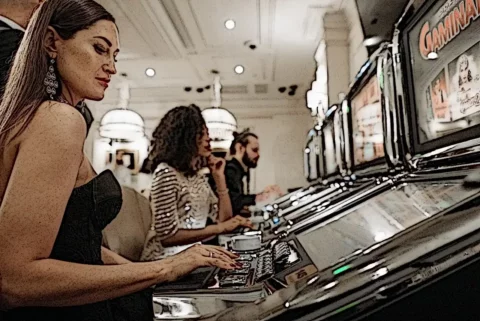NFT explanation websites and explainer videos are all over the web. Google search results for NFT related content are at an all time high (July 2021), but what exactly is an NFT and why do they matter?
- Non-Fungible tokens are irrefutable ownership certificates of digital content
- NFTs mainly represent digital content but can be linked to real world objects
- You can trade NFTs online via market places such as OpenSea or P2P (peer to peer)
- Minting an NFT is the process of “attaching” a piece of digital content to a unique token on a blockchain
- Bitcoin tokens / coins are all identical. Non-Fungible tokens are all unique but still utilise the underpinning blockchain technology
NFT Explanation for Beginners
A simple route to find an NFT explanation is simply doing a google search. The problem is that you will find many “opportunities” to invest in NFTs but very few explanations of what they actually are or what their utility is.
An NFT is a digital ticket which has a built in mechanism for proving its authenticity. Like airline tickets, NFTs all look the same, but have slight differences which make them unique. Each airline ticket has a unique time, destination and seat number which makes them all different. In the case of an NFT, it has a unique cryptographic signature proving its authenticity.
For a practical explanation of what an NFT is, consider a digital image (ie. a jpeg or png) which has a built in mechanism to find out if the image being presented is the original or a copy of the original. The caveat is that all of this “authentication” happens within a specific environment or network. For example, suppose you have an image of a black square. You “mint” that image on the Ethereum blockchain. You then use the image as your Twitter avatar. Twitter on the other hand enforce a rule that you can only use an avatar which belongs to you and can be proven on the Ethereum blockchain.
Anyone can right-click and copy your image from your profile, but no one can use it as an avatar on Twitter. This rarity now drives up the value of the black square if more than one person wants to use a black square as their Twitter profile image.
5 Steps for Beginners to Mint an NFT to Sell on a Marketplace
- Create an image or series of images
The first step is to decide on the digital or physical media which you want to tokenise. The simplest is a standard .jpeg or .png image or series of images. It is important that you own the intellectual property to the asset. - Join a Market Place
There are many marketplaces to trade NFTs, however if you plan on creating and selling NFT’s the OpenSea is the simplest and easiest approach. It is free to create an account and you can even mint your NFT’s for free (updated Oct 2021), however you will need ETH to pay the GAS fees for listing the NFT. - Connect your wallet
There are many different wallets which you can use to connect to your OpenSea account. The simplest and most popular is MetaMask wallet, for which there are a host of YouTube tutorials. - Mint the NFT /s
Minting an NFT describes the process of changing a digital file into a digital asset on a blockchain. Each NFT marketplace will offer a step-by-step set of instructions for uploading your digital file. You can create an asset with no up front fee, but the asset will only transfer to “on-chain” after the first transfer or purchase. You can mint your NFT on other chains, but at the moment (OCT 2021) Ethereum by far is where most publishers mint their NFTs. - List your NFT
After you create (mint) your NFT, you can list it for sale for a fixed cost or opt to auction the NFT. Many market places offer this functionality, with OpenSea offering fixed, timed auction and unlimited auction options
Where to Buy or Sell an NFT
You have many options where you can create, list, browse or buy and NFT. There are new venues going live weekly and the industry is in its infancy in terms of eco system. The first and still currently the biggest of all is the OpenSea NFT marketplace
Have you created your first NFT? What are your thoughts in terms of use cases for NFTs?


